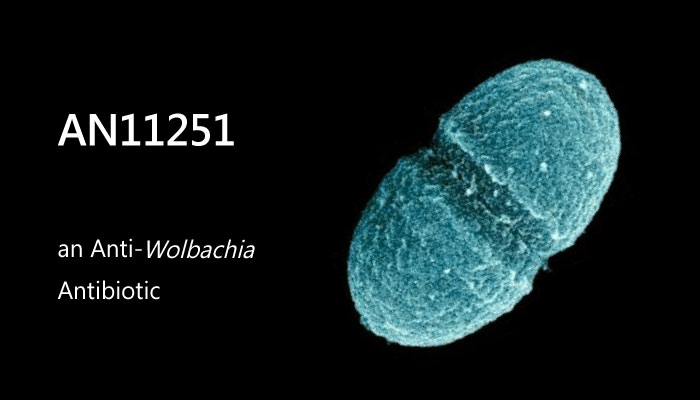
A study from Robert T. Jacobs, et al. discovered a novel anti-Wolbachia compound AN11251. Additionally, the compound showed potent activity to treat Onchocerciasis and Lymphatic Filariasis.
Parasitic nematodes of the family Filarioidea including Onchocerca volvulus, Wuchereria bancrofti, and Brugia malayi causes significant disease burden in developing countries around the world. Specifically, O. volvulus is the parasite responsible for River Blindness, and W. bancrofti, B. malayi, and Brugia timori cause. In addition, AN11251 showed good in vitro anti-Wolbachia and physicochemical and pharmacokinetic properties providing high exposure in plasma.
In the study, AN11251 is identified as a potent and oral active anti-Wolbachia agent with potential for treatment of onchocerciasis and lymphatic filariasis, with EC50 values of 1.5 nM in LDW1 cell lines and 15 nM in C6/36 cell lines. AN11251 showed relatively low clearance, but this compound has excellent biological potency.
In vivo, AN11251 (25 mg/kg, PO, BID for 7 or 14 days) reduces the Wolbachia load in the B. malayi larvae by 75.4 and 98.8% in the 7- and 14-day treatment groups, respectively. Furthermore, AN11251 also showed good safety profile. In a preliminary safety study, dosage up to 200 mg/kg/day for 7 days in BALB/c mice displayed good toleration with no adverse effects.
To conclude, AN11251 is a promising clinical drug with safety profile.